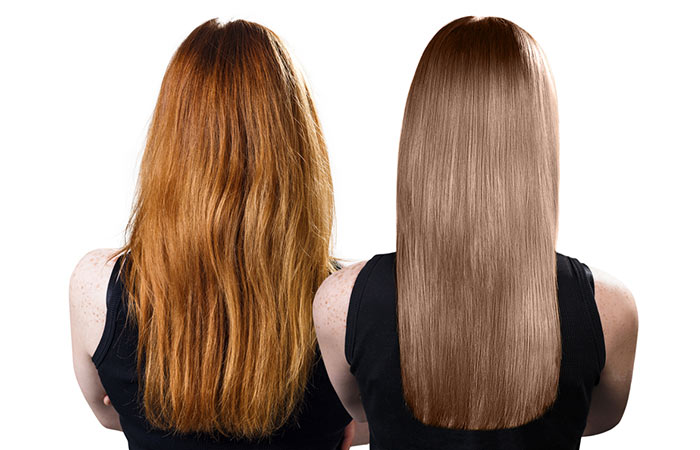Hair lightening rules
If you need to make a perm and partial hair coloring, then first a perm is performed, and only then, after drying, a partial hair bleaching is performed. Do not wash your hair before dyeing your hair in order to preserve the fatty layer that protects the hair and scalp. If, however, the hair is excessively dirty, you can wash your hair once, being careful not to touch the skin. For more references, check out: soap cap
When drawing up a paint for bleaching hair, it is necessary to mix all components very thoroughly until a homogeneous mass is obtained.
It is necessary to work with gloves to protect the skin of the hands, since preparations for hair coloring act on it and on the nails.
The paint should be mixed just before use, since the oxidation process begins immediately upon mixing and after a while the color intensity weakens.
When lightening hair, the process of applying the dye begins from the part of the head where the greatest lightening is required, but the edge of the hair at the forehead and temples is treated last, since these are the thinnest hairs and they very quickly perceive dye. If this is not taken into account, the hair roots of the face may turn out to be too light when lightening.
The dye must be applied quickly and accurately so that the color intensity is uniform throughout the hair mass. This must be done in 10-15 minutes. The strands should be so thin that the dye can saturate them (the thicker the hair, the thinner the strand).
It should be remembered that every hair should be well saturated with paint.
The exposure time starts after the bleach dye is fully applied to the hair. When lightening hair, the effect should be at least 50 minutes, otherwise the dye will not appear completely and will not be stable on the hair.

When additional heat is used, the exposure time is reduced by 1/3.
After applying the paint on the head, there should not form a "shell" of paint that can create a greenhouse effect and hinder the release of free oxygen.
Before rinsing the dye from the hair, a control should be made to make sure that the color of the hair roots and ends is uniform. To do this, move the paint with the edge of the comb from the root part, then from the ends and compare them. Control over the areas of gray hair is also carried out, and if it is found that the gray hair has not yet painted over, the dye holding time should be increased.
Upon reaching the desired color, emulsification is performed - a small amount of warm water is applied to the hair, slightly foaming and distributed along the entire length of the hair, while massaging movements are made along the edge line of hair growth.
This makes it easy to remove the dye from the scalp and give the hair a shine.
After emulsification, the hair should be thoroughly rinsed with water, then with a special shampoo and treated with a neutralizing balm to stop the effect of dye residues and to avoid the sluggish oxidation process after dyeing, lightening or bleaching the hair.
The hair at the roots should always be slightly darker than at the ends.
It is better if the hair in the front is slightly lighter than in the back, and the upper strands of hair are slightly lighter than the lower ones.
© Copyright alliesunlimited